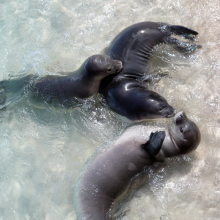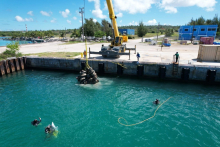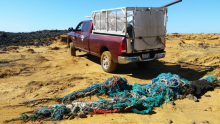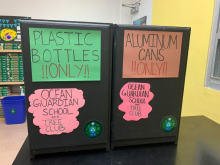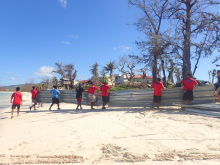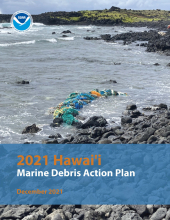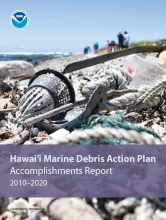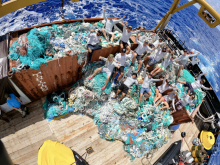Posts tagged with
Pacific Islands
Hawaiian Monk Seals Face the Threat of Derelict Fishing Gear
emily.greene
Wed, 03/20/2024 - 13:15
From Ridge to Reef: Protecting Guam’s Marine Life Through Student Efforts
Shanelle.Naone
Wed, 09/21/2022 - 11:00
2021 Hawai‘i Marine Debris Action Plan Released
neil.mccoy
Wed, 12/08/2021 - 11:00

